控制规模还与输入、输出电路数有关。如控制规模为1024点,那就得有1024条I/O电路。这些电路集成于I/O模块中,而每个模块有多少路的I/O点总是有数的。所以,规模大,所使用的模块也多。控制规模还与PLC指令系统有关。规模大的PLC指令条数多,指令的功能也强,才能应付对点数多的系统进行控制的需要。控制规模是对PLC其它性能指标起着制约作用的指标;也是PLC划分为微、小、中、大和特大型5.3组成模块PLC的结构虽有箱体及模块式之分,但从质上看,体也是模块,只是它集成了更多的功能。在此,不妨把PLC的模块组成当作所有PLC的结构性能。这个性能含义是指某型号PLC具有多少种模块,各种模块都有什么规格,并各具什么特点。一般讲,规模大的PLC,档次高的PLC模块的种类也多,规格也多,反映它的特点的性能指标也高。但模块的功能则单一些。相反,小型PLC、档次低的PLC模块种类也少,规格也少,指标也低。但功能则多样些,以至于集成为箱体。组成PLC的模块是PLC的硬件基础,只有弄清所选用的PLC都具有那些模块及其特点,才能正确选用模块,去组成一台完整的PLC,以满足控制系统对PLC的要求。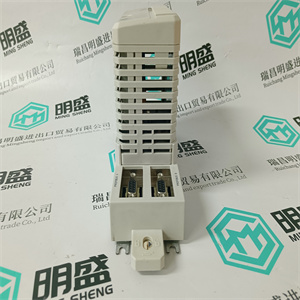

The control scale is also related to the number of input and output circuits. If the control scale is 1024 points, there must be 1024 i/o circuits. These circuits are integrated into i/o modules, and there are always a number of i/o points in each module. Therefore, the scale is large and there are many modules used.
The control scale is also related to the PLC instruction system. The large-scale PLC has a large number of instructions and strong functions, so it can meet the needs of controlling the system with many points.
Control scale is an index that restricts other performance indexes of PLC; PLC is also divided into micro, small, medium, large and extra large
5.3 composition module
Although the structure of PLC can be divided into box and module, the box is also module in quality, but it integrates more functions. Here, it is advisable to regard the module composition of PLC as the structural performance of all PLCs.
This performance meaning refers to how many modules a certain type of PLC has, what specifications each module has, and what characteristics each has.
Generally speaking, for large-scale PLC, there are many kinds and specifications of high-grade PLC modules, and the performance indicators reflecting its characteristics are also high. But the function of the module is simpler. On the contrary, small PLC and low-grade PLC modules have fewer types, specifications and indicators. However, the functions are more diverse, so that they are integrated into the box.
The modules that make up the PLC are the hardware basis of the PLC. Only by understanding which modules the selected PLC has and their characteristics, can the modules be correctly selected to form a complete PLC to meet the requirements of the control system for PLC.

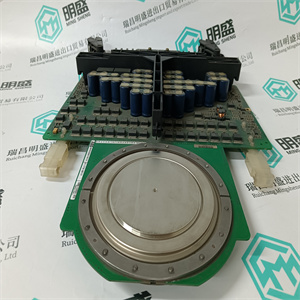
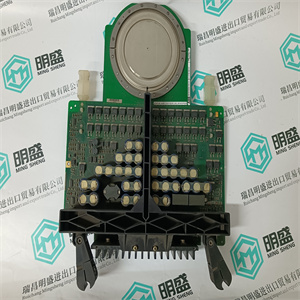
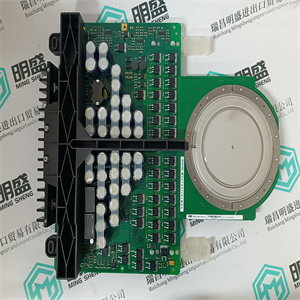
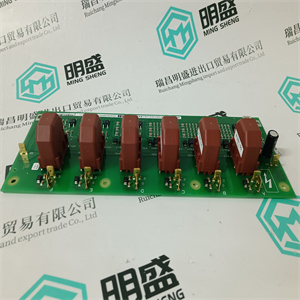


 客服1
客服1